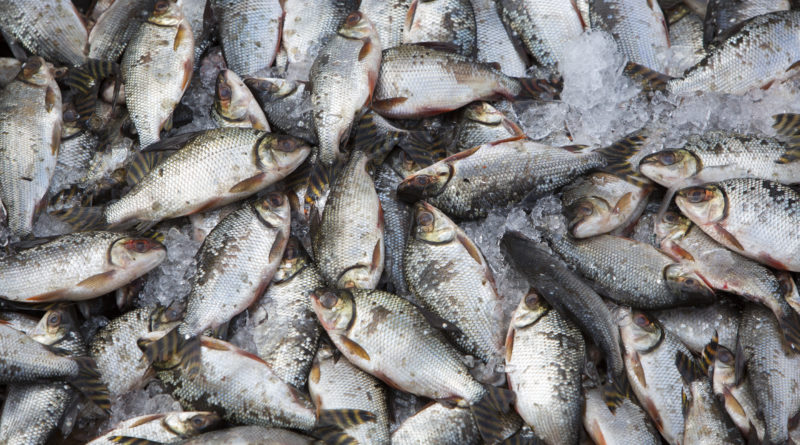What Is Overfishing, And Why Is It Bad?
6,396 total views, 1 views today
Contrary to a famous idiom, there are not plenty of fish in the sea. Scientific research into the fishing industry has shown that there aren’t enough fish and crustaceans on Earth to sustain the rates at which seafood is being supplied. This, in short, is the problem of overfishing.
Overfishing is a one-word description of how fishermen and seafood providers are removing marine life from the ocean at far greater rates than those at which these species can naturally reproduce. Overfishing has been documented as early as the end of the Industrial Revolution, when, to light their homes, people would use lamp oil created from whale blubber. In that era, human efforts to harvest this blubber for home use drastically lowered the global whale population.
More commonly, fish being used for seafood has led to overfishing. Last century, for example, humankind took so many cod, herring, and sardines from the sea that their natural populations couldn’t keep up. This rapid wildlife removal occurred because, in the mid-20th century, leading food experts decided it would be in the public interest to make protein-heavy foods more widely available. Fish, as with most animal-based foods, are packed with protein, so suppliers ramped up their efforts to increase the amount of fish available for consumption.
These suppliers expanded their fishing efforts thanks to government help via relaxed fishing policies as well as subsidies and loans to industrial fishing operations. These operations received so many different forms of help that they quickly overtook regional boaters as the world’s main supplier of seafood, decimating the small-time boating industry in a way similar to how fish populations are still being decimated.
Efforts to increase the availability of fish across the world soon led to customers expecting to have easy access to seafood at all times of the year. In the 21st century, this demand has manifested as a threefold increase in the number of fish species that are being overfished. Similarly, global seafood demand has now pushed one out of every three fisheries well past its natural operating limits.
Overfishing thus strains not just fish, but people. With the strain on fisheries comes increased operating costs, thereby harming economies. Worse yet, as overfishing accelerates, certain fish could become entirely unavailable for consumption. In fact, overfishing problems are so severe that some scientists expect that the global seafood supply will simply cease to exist halfway through this century.
But perhaps the saddest impact of overfishing isn’t on humans or the fish being eaten. A major byproduct of overfishing is something called bycatch. This term encompasses all marine life that humans can’t or won’t eat but are nonetheless caught in, and removed from the ocean by, the many traps and devices that transport fish from our oceans and rivers to our plates.
However, overfishing solutions are being implemented. Despite the problem’s urgency, overfishing rates have actually fallen 60 percent since the turn of the century. But still, given the mid-century extinction prognosis, far more action needs to be taken.

